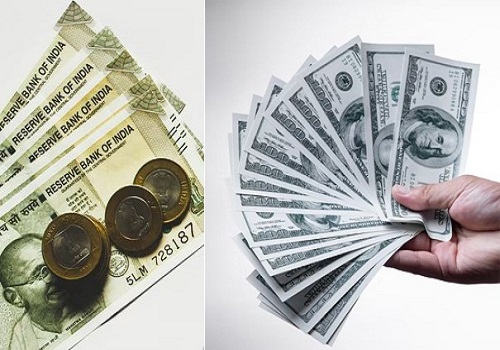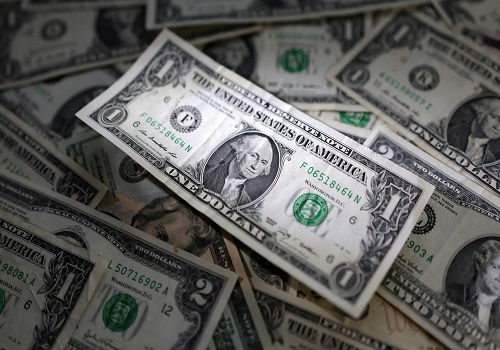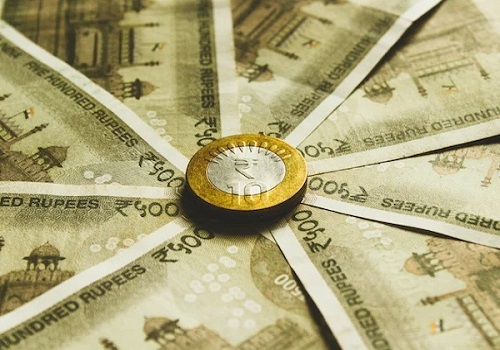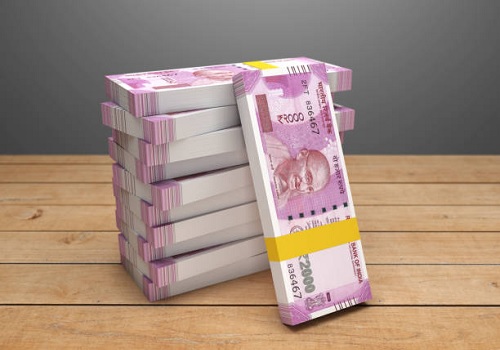Indian rupee, bonds post quarterly losses, more pain expected
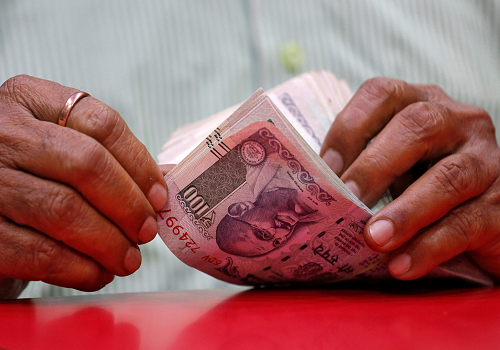
Follow us Now on Telegram ! Get daily 10 - 12 important updates on Business, Finance and Investment. Join our Telegram Channel
MUMBAI - The Indian rupee declined for a third straight quarter versus the U.S. dollar while the benchmark 10-year bond yield spiked for a fourth quarter as concerns over sustained inflation and continuing foreign fund outflows weighed.
Interest rate increases by the Reserve Bank of India to curb inflationary pressures and the sustained high global crude oil prices also weighed on bonds and the rupee.
The partially convertible rupee ended at 78.9675 per dollar, after touching a record low of 78.9825. It had ended at 78.9650 on Wednesday.
The rupee weakened 4.2% in the June quarter, its biggest loss since the March quarter of 2020 when the pandemic hit.
The spike in global crude oil prices in the aftermath of Russia's invasion of Ukraine has pushed up global commodity prices and inflation.
With India importing more than two-thirds is of its oil requirements, the country's trade and fiscal deficits are expected to widen this year and that has also hurt the rupee.
"While RBI's active use of FX Reserves has curbed volatility, depreciation pressures continue to persist on account of a multitude of global factors as well as few domestic ones," analysts at QuantEco Research wrote in a note.
"We expect USDINR to touch 81 before the end of FY23," they added.
With the U.S. Federal Reserve expected to raise rates aggressively to contain inflation, interest rate differentials between the two countries is expected to rise and prompt outflows from the Indian markets.
India's benchmark 10-year bond yield ended at 7.45%, down 1 basis point on the day. The 10-year yield jumped 61 basis points in the June quarter, its biggest quarterly rise since December 2017. The yield had risen a total 79 bps in the previous three quarters.
"Going forward, yields may continue to reflect the risk premia, with spillovers to the private sector through higher financing costs," the Reserve Bank of India said in the Financial Stability Report released earlier in the day.





















